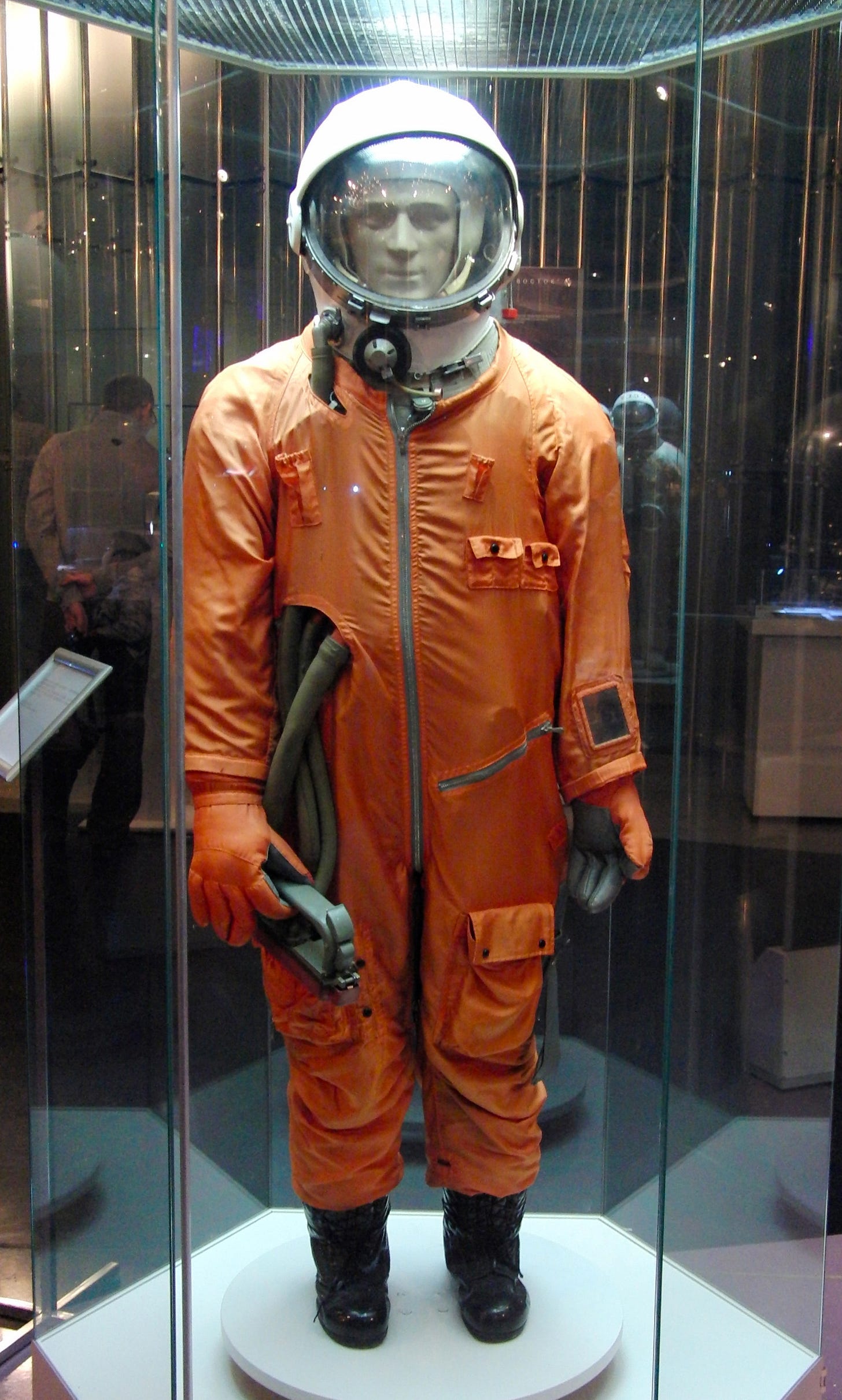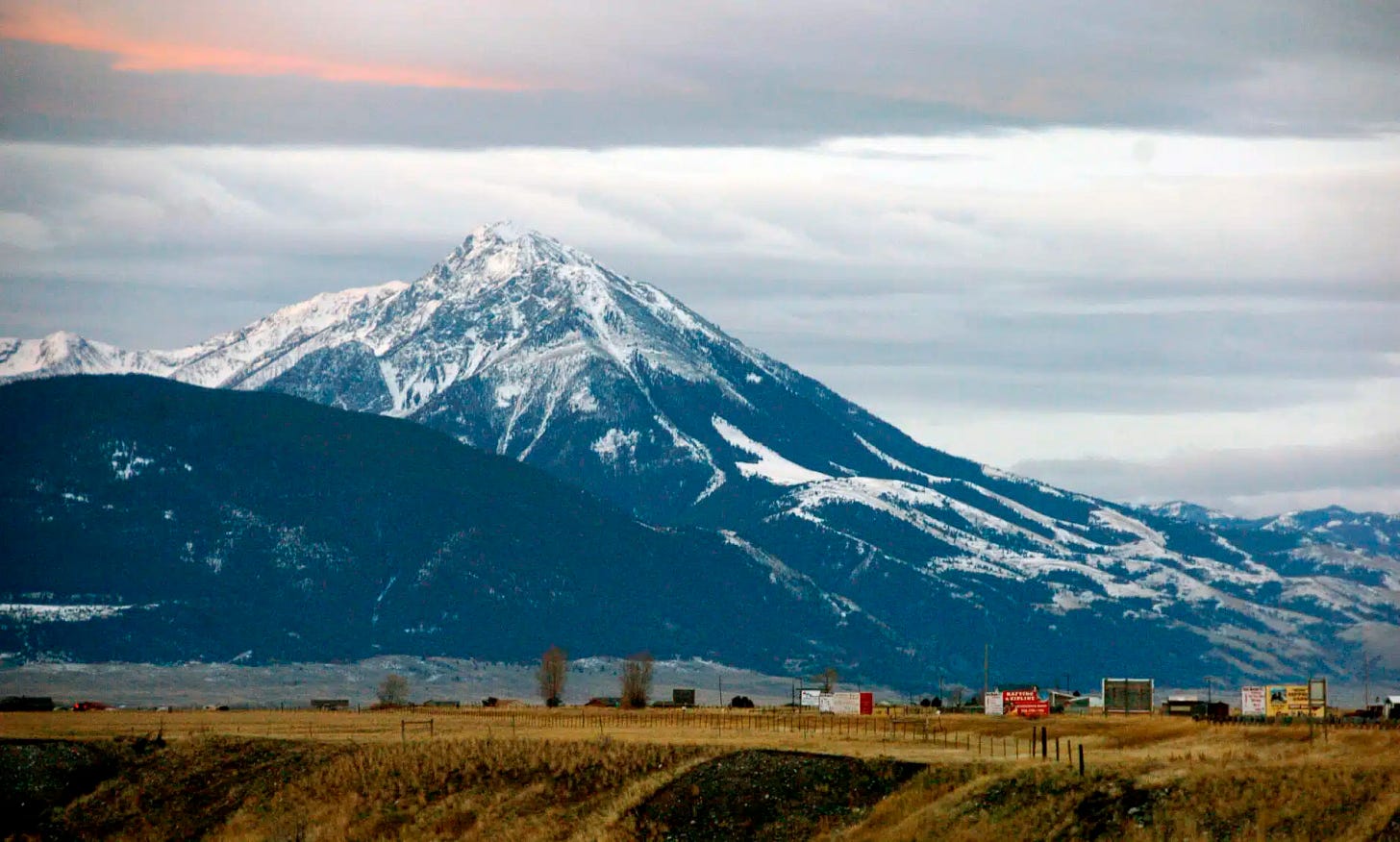
In this week’s edition of “This Was a Real Job,” we evaluate the exchange rate for time and money, admire the bright future of AI graphic designers, and don the scintillating shade that saves lives on worksites the world over!
I’m AJ Freeman, and “This Was a Real Job.”
This Week in Work: Time Isn’t Money
As I’ve mentioned before in this space, at this time I less have a career and more a loose constellation of income opportunites…kinda the same way the Asteroid Belt between Mars and Jupiter could have been a whole world but due to outside factors became a massive cloud of floating gravel spanning countless kilometers.
This atomized workplace affords me the most flexibility I can ask for (including time enough to write this newsletter on a weekly basis), but also brings me some unusual tasks from time to time. One of them arrived last week, as I got a chance to give a major software company feedback on its productivity tools…seems that surveys of human opinion are pretty tricky to automate, or they would have.
Now, just so you know how major this software company truly is, it’s apparently based in Ireland, the isle of multinational tax avoidance. You have to have a lot of resources to place your global headquarters in a marketplace of only 5 million people just to shirk your duties to the public that enabled your development.
Let’s go ahead and skip the minutae of the minutes…in fact, I told the company reps point-blank that I make it a goal of mine to spend as little time as possible using their app.
Like, why the hell would I waste a solitary second of my life that I don’t have to designing some stupid 3D avatar or customizing my backgrounds for a work-related messaging app? That’s not part of my job, and I refuse to do it.
The important part is that I made $500 for my time that day, which got me to thinking after I paid the rent and all…hard to cogitate under that kid of pressure.
Five hundred USD…it might not sound like a lot to you, but it’s more in one chunk than I’ve made writing in 2023. I don’t use minimum wage as a comparison point any more…after all they’re right, nobody actually makes $7.25 an hour in 2023…you either make slightly more or way less, if you’re picking fruit, waiting tables or something else similarly indispensable to the function of modern society.

In fact, during a recent visit to the States post-2020 I took on a part-time gig at a supermarket for pocket money. The salary? 10.13/hr, which feels like a rate meticulously calculated to represent down to the penny the absolute minimum that you could convince a local adult of any description to consider.
I’ve volunteered at a bookstore that paid me better…not hard to see why all those “help wanted” signs are in every other window these days.
Of course, I only spent a single hour on that supermarket job, but I did get a check for it so that feels like a fair baseline for today’s entry level employment.
During that hour and a half spent pretending to care about workplace productivity tools, I recieved what I would have been paid to collect carts at that supermarket for about two weeks.

It wasn’t even like the survey was especially challenging. Hell, they didn’t even demand that I finish it, as a staff shortage on their end meant that they lacked adequate reps to complete the final 20-minute sessions scheduled. That was a “them” problem, and they acknowledged that…the payment dropped into my account, and vanished into The Economy just hours hence.
The experience gave cause to consider that how hard you work has absolutely nothing to do with the amount of money you make doing it…otherwise there would be more billionaire coal miners and teachers with personal spacecraft.
It also offered space to consider just how many of these Very Serious Initiatives pursued by the masters of our universe are similarly useless under the surface. How many public surveys and fact-finding missions amount to a group of researchers peering up their large intestines in a halfhearted effort to gain a better understanding of something irrelevant from someone indifferent?
What I didn’t spend any time wondering about is whether I had earned my pay or not…after all, I had traded my irreplaceable time for money, which can be obtained in a wide variety of ways. Besides, this major software company recieved over a billion dollars in public subsidies this year, so the fuck do I care?
I can honestly say I came away from my consulting gig with the major software company both richer and poorer: more wealthy for gaining a clearer understanding of my finite time’s true value, less so for still rarely recieving fair market value for this non-renewable resource.
Of course, you could help me out with that if you’re so inclined.
Maybe Update Your Resume: Graphic Designer?
In last week’s “Cannot Be Unseen” segment spotlighting the effect of AI tools on corporate outreach and creative careers, I touched on the entertainment industry, and how these utilities were certainly not up to the task of creating passable leisure content for people to voluntarily enjoy on their own time.
Well, I was wrong. No shame in that, AI makes fools of us all at some point.
Debuting on Disney+ last week was an exciting new counterpoint to my contention that creative careers may be safe for the time being. The new Marvel Studios series “Secret Invasion” uses an AI-generated title sequence, which you can check out for yourself at this link.
As you can see, the finished product embraces the unique quirks of AI art, with producer Ali Selim explaining in a top-notch sales job that the artwork’s imperfections feed into the show’s subject matter: “It just came right out of the shape-shifting, Skrull world identity, you know? Who did this? Who is this?”
As any “Real Job” reader knows, these are questons that have not been answered in the real world either, but I’m sure that the fact that it’s a lot faster and cheaper to have a small prompt studio crank out filler content is much less expensive than hiring a team of highly experienced graphic designers has nothing to do with it.
Now, let’s be realistic here: it’s admittedly not the meat of the presentation…nobody goes “omg did you see the opening sequence on that new show??”
Still, it’s yet another high-water mark as AI begins to flood creative spaces at all levels…not long ago, scoring a gig as a graphic designer on a big-money project like this would have been a creative’s first big break in the industry…now, the nebulous nature of AI art and its effects on a destabilizing job market is just another provocative plot point for the latest de-anachronized IP.
I have to be honest: this one actually fascinates on a personal level. Not because I’m this active comic book superfan…I actually saw my last Marvel film in 2018, when they finished telling the story they spent 20 feature-length films telling.
Perhaps a bit because it forces me to confront the reality that even I’m using AI art to make more things faster and cheaper…but that’s not the main reason.

No, the foremost source of my intrigue is the fact that this latest development raises more questions than answers.
Questions like “did some of the most inspired people I know just get their career paths cut off?,” or “does Rule 34 apply to AI art?” and “did a major Disney-backed presentation just use material that may be impossible to copyright worldwide?”
These questions may not have answers quite yet, but I have made it my job to assess them on an ongoing basis…I guess I’ll be in this role for quite some time.
Color Commentary: We All Live In An Orange Submarine
By now we’ve heard pretty much all there is to say about last week’s doomed voyage to the bottom of the ocean: the problematic regulatory atmosphere that allowed such an event to occur, the irony of going to see a famous film setting and ending up in the sequel, the monumental hubris of OceanGate’s former CEO.
That’s why I’m not here to ponder the implications of some human beings growing so bored with the finest things and experiences that life on this planet has to offer that the only thrills remaining to be sought may be under its surface or off it entirely…like I said, We the Internet have had that conversation already.
What I haven’t seen discussed as much is how the color chosen for the vessel greatly decreased the likehood of a successful rescue even if the ship had actually been underseaworthy.
You see, back during the Space Race—that’s “6th Grade Social Studies” for ‘dueling military campaigns to develop tactical extraplanetary capabilites’—the US and Soviet Union did not agree on much.
They didn’t agree on safety protocols…the Soviet space program is credited with spaceflight’s first in-mission death (we don’t talk about Apollo 1, okay?).
They didn’t agree on whether guns were necessary in space…the Soviet Union famously outfitted both their star sailors and a spaceship with weaponry while NASA bucked American cultural expectations by sending unarmed rocketmen.
They certainly didn’t agree on systems of societal organization.

What the two world-straddling superpowers of the postwar era did eventually agree on may seem frivolous at first glance, but is essential in any serious study: the color of their respective space travel costumes.
International Orange was a groundbreaking development in space safety, which as we are tirelessly told, leads directly to improvements in quality of life on Earth. This bold and distinctive color isn’t quite like anything else on our homeworld, standing out against sky, sand, savannah, and sea to give rescue missions a greater likelihood of success anywhere in our world.
Indeed, these bitter geopolitical rivals, their shared existence mutual anathema, came together in the design house of practicality to offer one proven solution to the too-little-asked question: “hey, what if something goes wrong?”
This is among the many lessons from history not learned by Captain Rush, leader of the ill-fated Titan expedition that claimed four lives besides his own.
In the slavish devotion to visual unobtrusiveness that has turned our human settlements across the Western world into identical slabs of grayellowhite, the OceanGate CEO opted to paint the submersible white instead of a sensible neon orange.
Anyone who has seen either side of a Great White Shark may have noticed that its color scheme is pretty good if you want to hide something under the waves…not so much if you want to locate it quickly under such circumstances.
Yes, the submersible was crushed like the theme park ride capsule it was beneath nigh-countless tons of the ocean’s weight, but even if the Titan had benefited from a much hardier build, any rescue was effectively impossible.
The forsworn ambitions of OceanGate’s Stockton Rush can teach us the same lesson that Harry Wittington learned on one fateful hunting trip with a former Vice President, offering a stark reminder that color is typically more a question of function than form, both in human handcraft and beyond.

Hope Spot: Terms & Conditions
Some weeks you really have to stretch out for hope, and although this is definitely one of those weeks, the positive potential makes it well worth the reach.
In a pioneering effort to hold the parties responsible for the climate chaos of our time tangibly accountable for their operational indifference, Held v. The State of Montana heads to trial in that jurisdiction early next month.
The lawsuit, based in Article 9 of Montana’s constitution, alleges that the state government failed to deliver the “clean and healthful environment in Montana for present and future generations” promised therein. Here, the power in “read(ing) the instructions, even if you don’t follow them” becomes quite clear.
Damages sought are unclear at this time, but can be reasonably speculated to encompass “the value of a functional biosphere,” which has yet to be calculated.
Now, as entirely fucking absurd as attempting to settle the catastrophic breakdown of the entire living world in a court of human law may seem, this is apparently the only acceptable forum for the discussion at this time, and so there is hope to be found in its taking place at all.
Even more inspiring, this new wave of “realistic” climate action catalyzed me to finally take a look at the T&C of my registered home state…sure enough, Penn’s Woods have decreed via Section 28 of the state constitution specifies that “the people [of PA] have a right to clean air, pure water, and to the preservation of the natural, scenic, historic and esthetic values of the environment.”
There it is, in black and white: my constitutional rights have been violated. After all, East Palestine ain’t too far from Pittsburgh, is it? That nice straight line they drew somewhere in the middle will not protect Pennsylvania’s environment.
For these reasons, I would encourage all my American readers to examine their own state T&C, if only for S&G.
Sure you might get some absolute nutbar shit, like Massachusetts’ “duty to…worship the Supreme Being” (it’s the kind of nonsense you get with the world’s oldest active consitiution), but you might learn something fun, like that all Alaskans have the constitutional right to a share of the state’s oil revenue because nobody “owns” land (which is the kind of progress you get when a constitution was composed in the lifetime of those governed by it).
Of course, I don’t want to get our hopes too high here. The court case in Montana is yet to be settled, and with similar cases on dockets across the nation, we’re not even close to a final answer on this question. There’s also the small problem of deep generational corruption at every level of government from the West Bumfuck County courthouse to the highest tiers of federal legislature.
Still, the demonstrable fact in Held v. Montana is that somebody cares at all, and more importantly, people care in ways that can be measured by the stock market.
Sure, if you ask me these cases are likely to be settled for some insulting sum if not dismissed entirely, but the real hope comes when legal avenues for environmental justice are exhausted and it turns out people still care about air.
Strange things can happen when you violate the Terms & Conditions.












